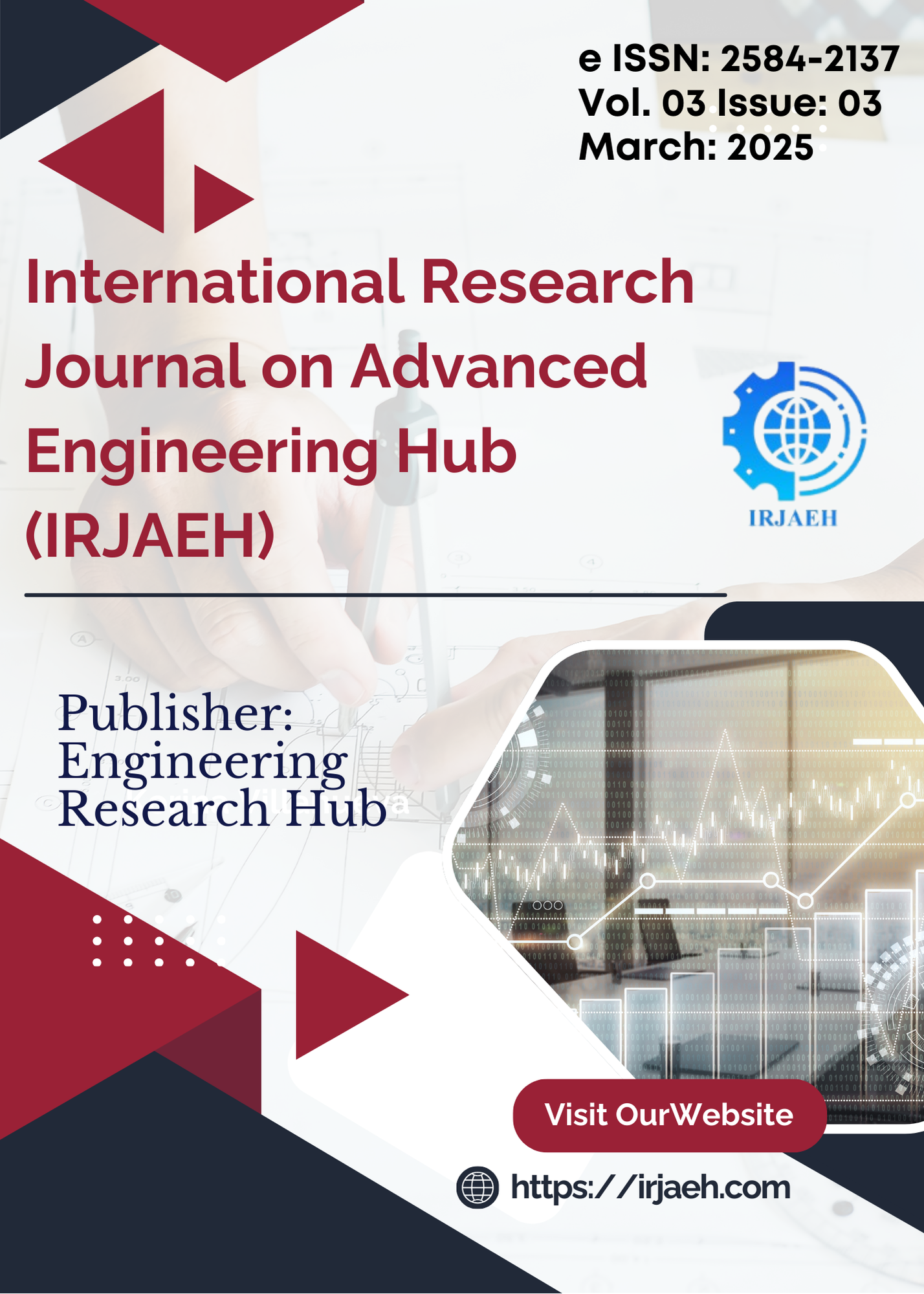Deep Learning Model for Automated Landslide and Debris Flow Detection
DOI:
https://doi.org/10.47392/IRJAEH.2025.0082Keywords:
YOLOv11, Image Segmentation, Debris Flow, Landslide Detection, Deep Learning, Artificial IntelligenceAbstract
Landslides and debris flows pose significant risks to human life, infrastructure, and the environment, necessitating timely detection and monitoring. Traditional methods rely on manual analysis of satellite images and geological surveys, which can be time-consuming and prone to human error. This study introduces a novel approach using deep learning techniques, specifically the YOLOv11 architecture, to enhance image segmentation for accurate landslide and debris flow detection. By automating the identification of key risk areas, our method improves both the accuracy and efficiency of assessments. The dataset for this research was sourced from open access satellite imagery repositories and annotated using Roboflow, ensuring high-quality training data. Model training and testing were conducted on Roboflow, utilizing its powerful computational resources. The results show that the YOLOv11 model effectively detects debris flow and landslide-prone areas, achieving high Dice and Intersection over Union (IoU) scores, validating its ability to produce consistent and precise detections. Furthermore, the adaptability of the YOLOv11 model enables it to be trained on diverse datasets, making it applicable to various geographical regions and terrain types by leveraging the power of deep learning and advanced image segmentation techniques, this research aims to contribute to the development of more effective and efficient disaster management strategies, ultimately reducing the impact of landslides and debris flow on communities and the environment.
Downloads
Downloads
Published
Issue
Section
License
Copyright (c) 2025 International Research Journal on Advanced Engineering Hub (IRJAEH)

This work is licensed under a Creative Commons Attribution-NonCommercial 4.0 International License.

 .
. 